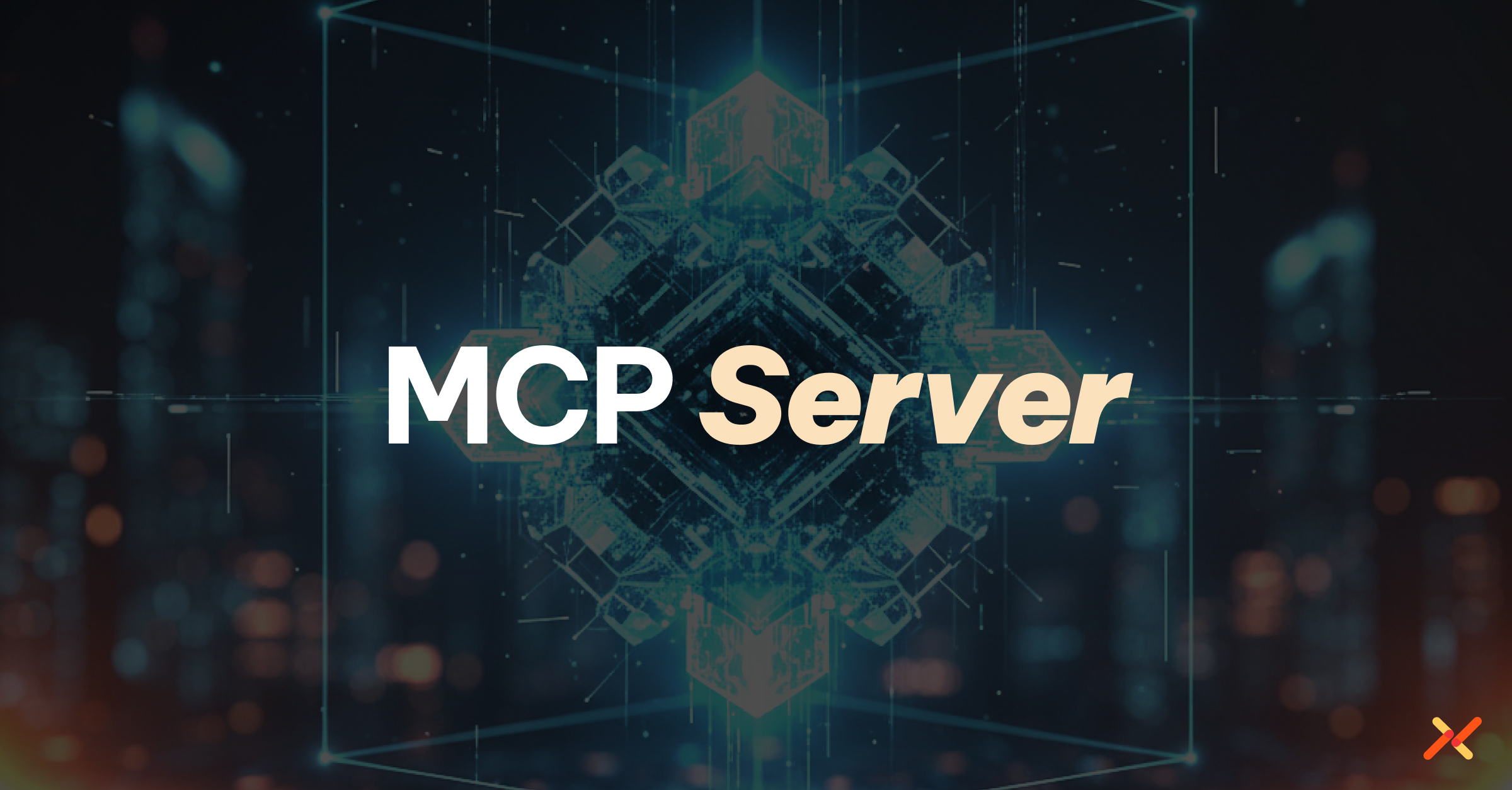An MCP Server is the central service in the Model Context Protocol (MCP) ecosystem that exposes tools, data sources, or APIs to authorized MCP Clients. It acts as the authoritative endpoint responsible for managing capabilities, handling authentication, and responding to agent or model requests in a standardized, interoperable format.
How It Manifests Technically
In the MCP architecture, the server is the operational core that defines and enforces how AI agents interact with external systems. In practice:
- The server implements the MCP specification and advertises a list of available tools or actions through its manifest.
- It receives structured requests from MCP Clients (AI agents, LLMs, or orchestrators) and executes those actions using backend APIs, data sources, or functions.
- Each request passes through authentication and authorization checks before execution.
- The MCP Server can run within an enterprise service environment, connecting agents to approved internal APIs, or inside a SaaS system exposing limited actions for AI use.
- Security-minded deployments treat the MCP Server as a critical control surface, where all agentic access to enterprise systems converges.
Why This Matters for Modern Enterprises
MCP Servers are the trust anchors in agentic ecosystems: they define what AI agents can see, do, and modify within an organization’s environment. For enterprises:
- They provide a consistent framework for integrating models and tools safely, without bespoke connectors.
- They help enforce policy boundaries between autonomous agents and business-critical systems.
- They enable traceability and governance for AI-driven operations.
But without identity-based controls, an MCP Server can inadvertently expose sensitive data or execute unauthorized operations on behalf of unverified agents.
Common Challenges with MCP Server
- Client authentication: Verifying that every MCP Client is attested and authorized before tool invocation.
- Credential exposure: Servers relying on long-lived tokens or API keys for backend integrations increase compromise risk.
- Over-permissioned tools: Poorly scoped actions or endpoints can allow excessive access to underlying systems.
- Cross-domain trust: When servers broker requests across multiple environments, ensuring end-to-end identity validation is complex.
- Audit fragmentation: Without unified logging, it’s difficult to reconstruct which agent initiated which action through which server.
How Aembit Helps
Aembit secures MCP Servers by applying Workload Identity and Access Management (Workload IAM) and Zero Trust for workloads across all client and backend interactions.
- It authenticates MCP Clients via Trust Providers (e.g., AWS, Kubernetes, Azure, GitHub Actions) before any connection is accepted.
- It enables secretless authentication between servers and backend systems by brokering short-lived, scoped credentials for each request.
- Policy-based access control determines which agents or workloads can call which server actions, under what posture or environment.
- Each credential issuance and API call is logged with full identity, posture, and policy context, ensuring end-to-end auditability.
- Through its centralized control plane, Aembit enforces consistent authentication, authorization, and observability across multiple MCP Servers, tools, and environments.
In short: Aembit turns MCP Servers into trusted policy enforcement points, where every agent request, credential exchange, and backend call is authenticated, authorized, and auditable.
Related Reading
FAQ
You Have Questions?
We Have Answers.
What makes an MCP Server different from a conventional API or microservice?
Unlike a standard API run for human-driven workflows, an Model Context Protocol (MCP) Server is purpose-built to support AI-agent workflows: it advertises tool capabilities in a manifest, supports discovery/negotiation by clients, and operates under the assumption of machine-to-machine interaction.
How should an enterprise design the manifest and capability-interface for an MCP Server?
An effective MCP Server defines a manifest that lists: the available actions/tools, required input-output schemas, the permissions or identity scopes required for each tool, and optionally the posture/environment constraints. Clients query the manifest, negotiate capabilities, and then invoke tool calls.
What are common deployment or operational pitfalls for MCP Servers in enterprise use?
Some pitfalls include:
- Exposing too much capability in the manifest, leading to over-permissioning.
- Failing to authenticate/authorize clients properly, treating all clients as trusted.
- Using long-lived credentials in backend service calls, which embed static secrets.
- Lack of centralized logging or traceability of client→server invocations.
- Running across multiple domains or clouds without consistent identity/trust management.
How should an enterprise secure and govern its MCP Servers as part of their identity-access framework?
Enterprises should integrate their MCP Servers into the broader workload identity and access management system by:
- Treating each server as a non-human workload with a verifiable identity and attestation.
- Issuing short-lived, scoped credentials (or secretless authentication) for the server to call backend tools or data sources.
- Enforcing policies that map which agent identities can hit which server tools under what conditions.
- Logging each invocation with identity context, client identity, tool invoked, and result, to enable audits and traceability.

